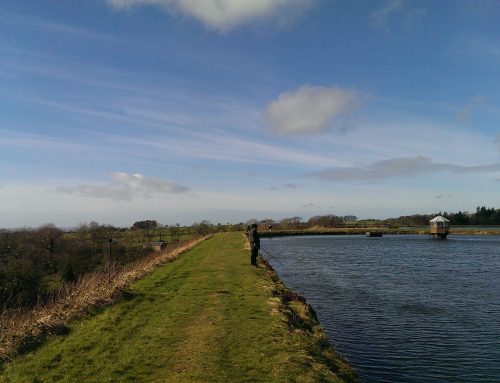Project Description
Banks House fly fishing in Lancashire.
At 2½ acres Bank House is only a small water, but it has been carefully planned and designed with fly fishing and wildlife in mind. A total of twelve small islands are scattered over the water giving the fishery a network of slow swims and pools. The water flows evenly around the lake before exiting from one of three outlets. This means that there are few if any ‘dead’ areas where the water can warm in summer and become low in oxygen.
It also means that the trout movements around the fishery are widespread and determined only by the availability of food. The islands and the vegetation break the line of sight for the angler, so that even when the fishery is full with 16 fishermen it does not feel crowded and gives a feeling of privacy with plenty of space available for the roving fishermen.
Bank House is rich in both aquatic and terrestrial insect life. It has large populations of corixa, damsels, buzzer, shrimps and sedge. Also present in abundance are sticklebacks, which are readily eaten by the resident Kingfisher as well as the trout. Above the surface the fishery has been planted to encourage insect life and in the summer months there is a constant supply of tasty morsels falling from the overhanging trees. These include a variety of weevils, beetles, moths, spiders and many species of adult fly.




Leave A Comment